


The Lan Fang Chronicles is a project inspired by the histories and investigations of the 18th-century Lan Fang Republic (1777-1884) founded by Hakka Chinese in West Borneo. The Republic lasted for 107 years before it disintegrated. Today, it is nothing more than a fading legend for its living descendants.
The Lan Fang Chronicles presents a perspective on the Republic’s existence through an installation of speculative artifacts, archival materials, and audio-visual documentaries. Each story draws from fact and fiction, memories and forgeries, history and myth — all to recreate what is (present), and ultimately, to tell the story of what was (past), and what could have been (potential future) of the Lan Fang Republic.
This project investigates the concept of "insignificant histories", and its subtle parallels with the Singapore story. This research-based exploration was presented in various contexts across the visual arts, theatre, and film.
Founded by Luo Fang Bo in 1777, the Chinese first came to Borneo as gold miners and formed various clans grouped by the area of their origins. Originally known as Lan Fang Kongsi (Company), Luo Fang Bo united all the Hakkas in the area to form the Lan Fang Republic. After the Dutch invasion, the descendents fled across the region to Sumatra, Kuala Lumpur and Singapore. While the Hakkas are a minority in Singapore, it is the Hakkas who played an important part in the establishment of Singapore as a cosmopolitan citystate of today.
For the Singapore Arts Festival 2012, Lan Fang Chronicles was installed as a pop-up museum at Ying Fo Hui Kun Ancestral Temple. The museum comprises various chapters of recital pieces, live encounters, and lecture performances within the multifaceted installation site. While the installation performance traces the path the Republic takes, it also meanders into the future and a pseudomythical past to explore Lan Fang’s potential.


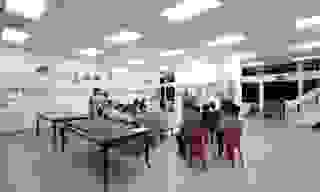

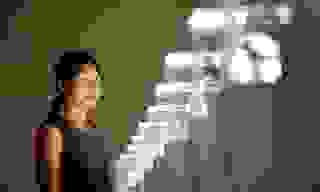

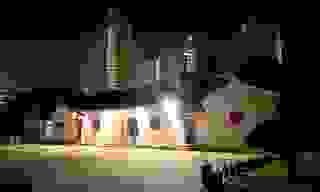
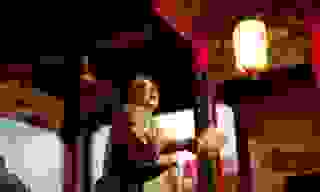

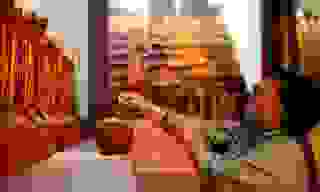
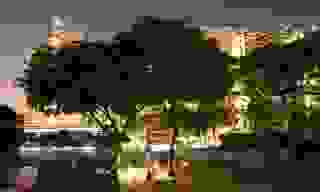

In 1887, the Hakka clan, Ying Fo Fui Kun, bought 40.5 hectares of land, bounded by Holland Road and what later became Commonwealth Avenue, as a burial ground for kinsmen from Jia Ying prefecture in Canton, China. Called "Shuang Long Shan" (Twin Dragons Hills), it had a hall at the foot of the hill that housed ancestral tablets. As Queenstown developed, the burial land was acquired for public housing. The village was resettled in 1968. Today, the 1.89-hectare site retains the relocated graves, the original ancestral hall, and a newly built community hall.
Speculative Artifacts / 3D printed Sculpture/ 17 Objects
A collection of speculative artifacts inspired by the Western records of Lan Fang Republic. These objects propose the foundation for a future archive of artifacts as physical manifestation of narratives, re-enactments, and mythical recollection. The collection is named after Dutch Sinologist J.J.M. de Groot who published the earliest known and most comprehensive Western document on the Lan Fang Republic in 1885.
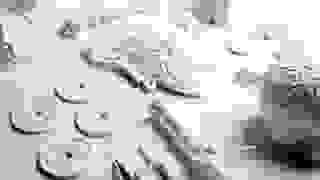
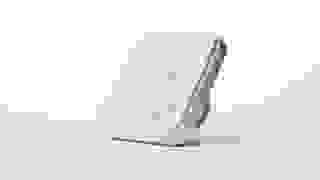


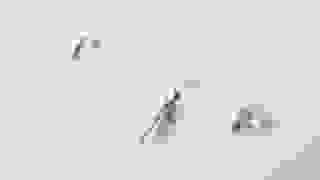
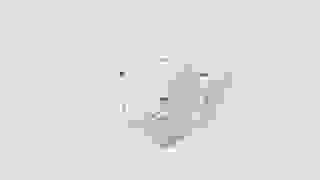
Single-channel Video HD/ 6mins
The Man Who Rode Crocodiles is inspired by a poem written by Luo Fang Bo, the founder of the Lan Fang Republic. The original poem narrates the ritualistic practice of exorcising the crocodiles. The story has since morphed into multiple versions in their local folklore. Drawing from the present-day investigations, interviews, and research, this cinematic narrative undermines a distinction between fact and fiction, questioning memory that is reconstructed each time a narrative is presented.
4-channel Video HD/ 13:34 mins
Insignificant Landscape is a series of documentations of the various geographical sites that mark historical events of the Lan Fang Republic. The landscape is a witness to the erosion of historical significance as the mundane manifestations of life take over. The revisits to these locations are attempts to create an impossible access to a past that can only be imagined today.



Memories and diary entries recorded by foreign visitors to the Lan Fang Republic. The recital is an attempt to re-enact the interaction with the residents of the Lan Fang, at the same time, creating an imaginary panorama of the everyday life, practices, and festivities of the Republic.
Inspired by the original poem "Rhapsody of My Travel to the Gold Mountain", Rhapsody of a Century is a lecture performance created to trace the present-day journey made by the artist Choy Ka Fai. In his search for the remnants of the Lan Fang Republic, he embarked on research trips to the various sites of its historical resonance. The lecture performance highlights accounts of significant events in the recorded history of the Lan Fang Republic. With the aid of selected materials from the film research library, the lecture performance attempts to re-imagine the rise and fall of the empire in a hundred years. From the poems written by its founding father to the Western records of its chronicles, this live act investigates the re-telling of disappearing memories and myths.
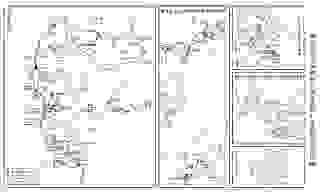


LanFang Chronicle was developed into 3 versions between 2010-2015. It was first exhibted as a work-in-progress exhibition at Sinagpore Art Museum/8Q in 2010, then as an installation performance at the Singapore Arts Festival 2012, and as an exhibition at Art Stage Singapore 2015
Conceived, Directed and Multimedia Design: Choy Ka Fai/ Writing: Robin Loon/ Dramaturgy: Jeff Chen/ Performers: Nora Samosa, Serene Chen, Lok Meng Chue, Pat Toh, Bright Ong, and Najib Soimen/ Video Performance: Peter Sau/ Sound Design: Zulkifle Mohmod/ Research Assistant: Muhammad Ridal/ Photography: Stefen Chow E-Fung and Vivian Lee Wuan See/ Graphic Design: Juliana Ong/ Identity, Wed and Book Design: Anonymous Creative Lab / Project Manager: Vivian Lee Wuan See
LanFang Chronicles 2010 is supported by The National Arts Council-Singapore (Art Creation Fund) and the Singapore Art Museum. LanFang Chronicles 2012 is presented by the Singapore Arts Festival.